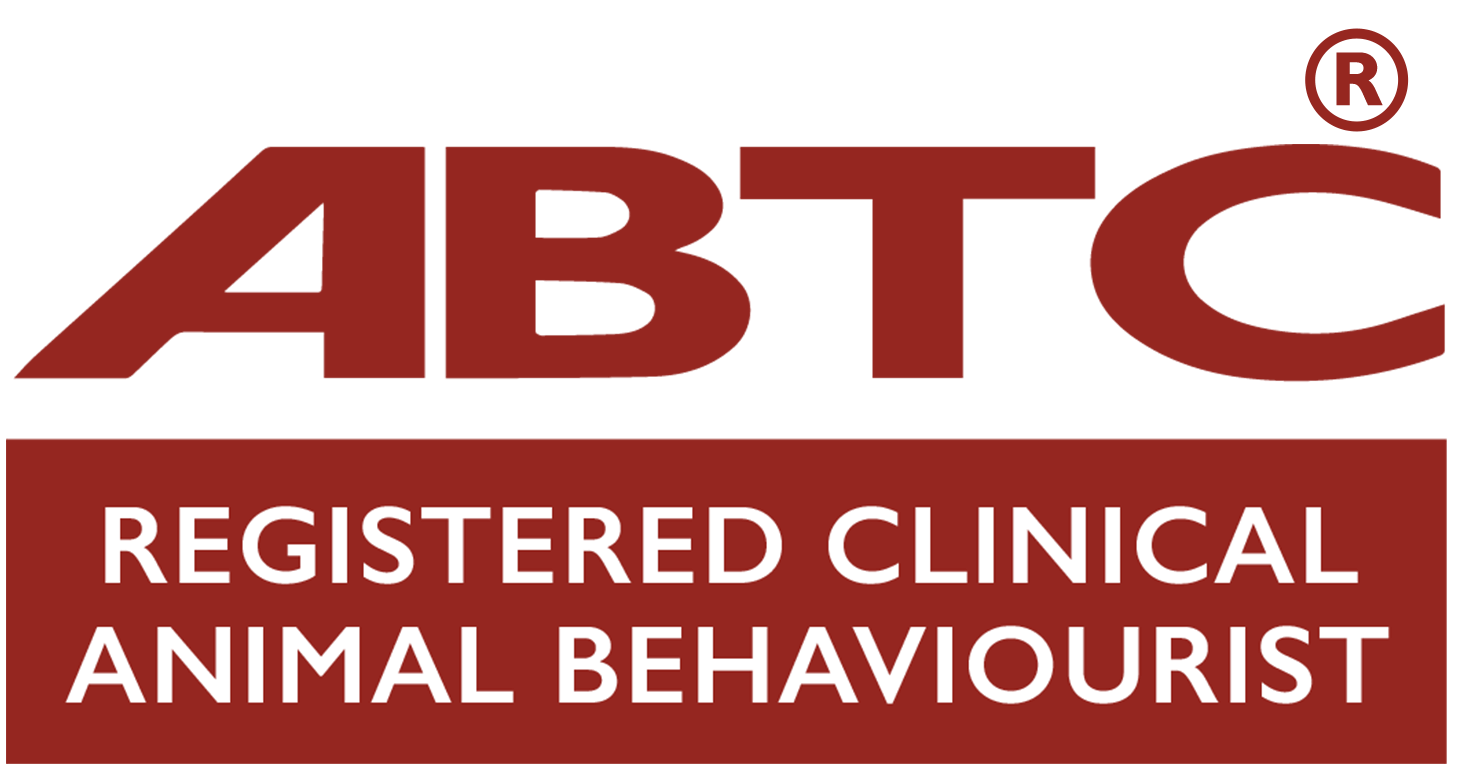
Recent research from the University of Bristol, published in Scientific Reports, has unveiled insights into how dogs can detect human stress through smell, significantly influencing their behaviour. This first-of-its-kind study highlights the extraordinary capabilities of our four-legged friends and helps owners to understand the impact their own stress levels may have on their pets.
The experiment
This study involved 18 dogs exposed to three conditions: i) no odour, ii) a ‘stress’ odour, and iii) a relaxed odour.
To collect the stress and relaxed odours, the researchers asked 11 human participants to perform stressful tasks, such as tackling maths problems and public speaking, on the spot. During another session, these participants relaxed by watching calming video compilations of forest and seaside scenes for 20 minutes. In both scenarios, cloths were placed under the participants’ armpits to collect sweat, and saliva and breath samples were also taken. In addition to these measures, the researchers also recorded the participants’ heart rates and cortisol levels, and administered pre- and post-test anxiety questionnaires to ensure the accuracy of the stress and relaxation states.
For the dogs, the researchers used a cognitive bias test to assess their behaviour. In the test, dogs were trained to associate one side of a room with a bowl containing food (a positive outcome) and the other side with an empty bowl (a negative outcome). After training, bowls were placed in ambiguous locations, and the dogs’ responses were observed under the three different odour conditions – no odour, stress odour, and relaxed odour. The results showed that dogs exposed to stress odours were less likely to approach the ambiguous bowls, suggesting a more risk-averse behaviour. This likely stems from dogs sensing potential threats or negative outcomes through human stress scents, demonstrating their acute olfactory sensitivity.
This study supports previous research that has shown dogs’ remarkable ability to detect human emotions. For instance, Müller et al. (2015) found dogs can differentiate between happy and angry human facial expressions, and dogs can recognise their owner’s emotions from voice alone (Siniscalchi et al., 2018). Such research collectively highlights the deep emotional bond and communicative abilities between us humans and our dogs.
So, what does this research mean for dog owners?
Understanding that dogs can detect and react to human stress can inform how we interact with our pets. If we are mindful of our stress levels, we can better manage our own emotions, and create a more positive environment for our dogs. For example, simple activities like regular walks/allowing for ‘sniffaris’ for your pet whilst you also become aware of the smells around you, playing with our dog, and even giving pet massages/gentle strokes can help reduce stress for both owners and their dogs, creating a calmer household.
Positive reinforcement is another way you can promote ‘happy’ hormones. By reinforcing positive experiences regularly, capturing and rewarding any behaviours offered up yet not asked for (like your dog checking in with you on a walk, settling on a mat as you cook, and so on), and especially during stressful times, we can help our dogs feel more secure, and help them to better cope. Check out my free download on the Rule of 1/3s for Food to help with regular reinforcement without piling on the calories!
Consistency in routines, regular gentle exposure to positive experiences, and maintaining a calm environment also play crucial roles in reducing anxiety for our pets. Quick wins can include altering lighting/darkening the room to make it more cosy and reduce visual access to potential ‘triggers’ such as passers-by the home (e.g., closing the blinds), playing calming music to block out ambient sounds, and utilising calming scents within the environment (e.g., a small dab of lavender on a tissue) that are out of our pet’s reach.
Moreover, this study suggests that dogs’ learning and attention might be heightened in the presence of stress cues. So this highlights how using positive reinforcement techniques, including but not limited to food, praise, gentle touch, play, etc., can help build a more resilient and confident pooch, better equipping them to handle stressful situations – in child psychology this would be referred to as ‘scaffolding’ and this principle can be applied to our pets.

Other ways we can help promote calmness is to enable your dog to regularly lick and chew onto appropiate items. This is where food enrichment toys can be most helpful such as Toppls, Puzzle Feeders, Lickee Mats and Pots, Feast Mats, and other foraging toys, as well as providing ‘safe’ spaces that our dog can easily access, and learn to settle in – using the food enrichment toys can help in building a positive association to such safe places.
Points of note and future research opportunities…
While this latest study offers valuable insights, there are some limitations to note. The sample size was small, and the specific stress scenarios that were used might not be fully representative of the everyday stress experiences or hassles owners encounter. So, future research could explore larger sample sizes and varied stress-inducing scenarios to provide a more comprehensive understanding of dog responses to human emotions.
Additionally, some experts suggest that stress might reduce dogs’ motivation for food rather than altering their decision-making, adding another layer to understanding the dogs’ behaviour and suggesting further areas for exploration.
Therefore, future research opportunities abound from investigating the long-term impact of chronic exposure to human stress on dogs’ behaviour and health. And, exploring responses across different breeds as well as age groups, plus assessing how various types of human-dog interactions influence dogs’ stress levels and overall well-being, could enable more tailored advice for pet owners from dog professionals.
Key take-aways
This latest research sheds light on the profound emotional connection between humans and dogs, and raises awareness of how our stress affects our pets and how we can take steps to create a more supportive and nurturing environment for them. And, by managing our own stress levels together with providing positive reinforcement, and maintaining consistent routines, we can significantly enhance our dogs’ emotional well-being, ultimately helping to strengthen that special bond we share with them.
References
- Parr-Cortes, Z., Müller, C. T., Talas, L., Mendl, M., Guest, C., Rooney, N. J. (2024). The odour of an unfamiliar stressed or relaxed person affects dogs’ responses to a cognitive bias test. Scientific Reports, 14, Article 15843. doi:10.1038/s41598-024-66147-1.
- NPR. (2024). Dogs can smell when we’re stressed and it affects their decisions, study finds. Retrieved from NPR.
- Smithsonian. (2024). The smell of human stress leads dogs to make more pessimistic decisions, study suggests. Retrieved from Smithsonian.
- Müller, C. A., Schmitt, K., Barber, A. L. A., Huber, L. (2015). Dogs can discriminate emotional expressions of human faces. Behavioural Processes, 110, 97-104. doi:10.1016/j.beproc.2014.09.021.
- Siniscalchi, M.; D’Ingeo, S.; Minunno, M.; Quaranta, A. (2018). Communication in Dogs. Animals, 8, 131. https://doi.org/10.3390/ani8080131
Learn more about our classes

Get Hanne's Book
Playing With Your Dog will help any dog owner work out the games that are best suited for their pet to play throughout his life, from puppyhood to old age. The book also shares some tricks for all ages, group activities, and recommended toys that dogs will enjoy.

























